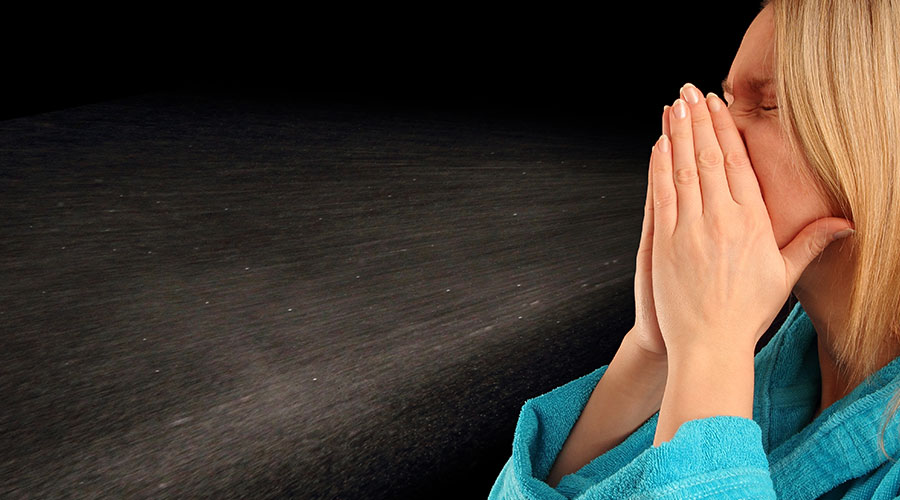WHO Updates Airborne Pathogen Definitions

Updated definitions enable different industries and professionals to communicate in a common language.
The World Health Organization (WHO) released new airborne pathogen definitions in April that apply to environmental services departments in hospitals and other healthcare facilities. The pathogens covered include those that cause respiratory infections, including COVID-19, influenza, measles, Middle East respiratory syndrome (MERS), severe acute respiratory syndrome (SARS) and tuberculosis.
The publication, Global Technical Consultation Report on Proposed Terminology for Pathogens that Transmit Through the Air, is the result of an extensive, multi-year collaborative effort between WHO experts and other international public health agencies, including the U.S. Centers for Disease Control and Prevention.
The updated definitions are a significant development because they enable different industries and professionals to communicate in a common language.
“The new terms should help prevent the confusion and miscommunication the industry previously experienced with terms that were based on the size of particles, such as airborne versus aerosol versus droplets,” says Dr. Gavin Macgregor-Skinner, senior director with the International Sanitary Supply Association. “Size of the particles is no longer an issue as it has been for decades.”
What new terms does this consensus document bring into our vernacular?
Through the air: This catch-all term describes any transmission that occurs with the air as a vector. This includes droplet and airborne routes. A parallel term to foodborne or waterborne.
Infectious particles: Pathogens contained within a particle
Infectious respiratory particles (IRP): Pathogens contained in a particle that are carried by expired airflow.
Puff cloud: The jumble of particles that are expired by humans.
Airborne transmission/inhalation: The transmission of an IRP from one person to another via inhalation at any point into the respiratory tract, which can occur over short or long distances. This is roughly analogous to the old idea of airborne transmission.
Direct deposition: The transmission of an IRP from one person to another via direct deposition on exposed facial mucosal surfaces, such as mouth, nose and eyes, following a short-range semi-ballistic trajectory. This is analogous to the old idea of droplet transmission.
The WHO’s contact transmission definitions have not been changed and are still very applicable to the cleaning industry. Contact transmission refers to contaminated surfaces created when infectious respiratory particles expelled into the air settle on a surface or when an infected person transfers infectious respiratory secretions by first touching their own mouth, nose or eyes and then touching a surface or shaking hands.
Contact transmission also includes two subcategories:
Indirect contact transmission. This subcategory refers to when infectious germs on contaminated surfaces are transferred to another person who touches that contaminated surface and then touches their own mouth, nose or eyes.
Direct contact transmission. This subcategory refers to when an infectious person directly transfers infectious germs from their own respiratory tract not via transmission through the air to another person by being in direct contact with that person and that person then directly transfers the infectious respiratory germs into their own mouth, nose or eyes.
This clarifying information should be reflected in the environmental services departments’ cleaning and disinfection policies written during the COVID-19 response days in 2020.
J. Darrel Hicks, BA, MESRE, CHESP, Certificate of Mastery in Infection Prevention, is the past president of the Healthcare Surfaces Institute. Hicks is nationally recognized as a subject matter expert in infection prevention and control as it relates to cleaning. He is the owner and principal of Safe, Clean and Disinfected. His enterprise specializes in B2B consulting, webinar presentations, seminars and facility consulting services related to cleaning and disinfection. He can be reached at [email protected], or learn more at www.darrelhicks.com.
The post "WHO Updates Airborne Pathogen Definitions " appeared first on Healthcare Facilities Today

